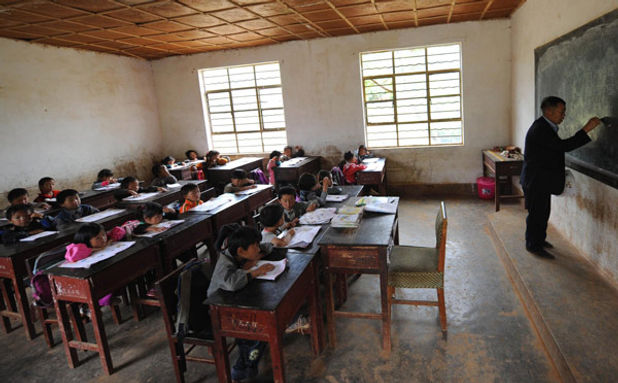How Poverty Can Affect Education
Not every child in the world has the same chance to go to school. Some children live in places where life is harder because their families don’t have enough money. This is called poverty.
Poverty can make it difficult for children to learn, even if they really want to. Let’s explore how this happens and think about how life might be different for children in other parts of the world.

Let's Learn
Not enough money for school supplies
Many families in poor areas can’t afford things like books, pencils, uniforms, or bags.
Some children have to share one notebook with their brothers or sisters, or they write on scraps of paper.
Without the right tools, it can be harder to follow lessons or do homework.
Think about your own school — how would it feel if you had no pencil, exercise book, or school bag?
Long walks to school
In some countries, children must walk a very long way to get to school — sometimes more than an hour each day.
There might be no bus or car, and in rainy or very hot weather, it can be tiring or even dangerous.
Because of this, some children arrive late or too tired to learn, and others miss school altogether.
Imagine if you had to walk for miles just to get to your classroom every morning.
Poor school buildings
Schools in poor areas might not have electricity, running water, or enough classrooms.
Some classes are held outside or under trees, and children sit on the floor because there aren’t enough desks.
When schools don’t have safe buildings or clean toilets, students — especially girls — might stop coming altogether.
Compare that to your school. What makes your classroom a comfortable place to learn?
Let's Have a Look
Not enough teachers
In some places, there are too few teachers.
One teacher might have to teach more than 50 or 60 students at the same time!
It can be very hard for children to get help or ask questions in such big classes.
Sometimes, lessons are cancelled because teachers are needed in other schools or have to travel far to work.
How many students are in your class? How would learning change if your teacher had twice as many students?
Children who have to work
When families are very poor, children may have to help earn money or work at home instead of going to school.
They might help in the fields, look after animals, sell food, or take care of younger siblings.
These children learn important life skills, but they miss lessons, fall behind, or drop out of school.
How would you feel if you had to stop school to work every day?
Hunger and tiredness
If children don’t get enough to eat, it’s hard to concentrate in class.
Hunger makes students feel tired, dizzy, or upset, and they might fall asleep during lessons.
In some countries, schools offer free lunches to help students learn better.
A full stomach can make a big difference to a child’s learning.
Think about how you feel when you eat breakfast before school — it gives you energy to learn!
Lack of technology
Many schools in poor areas don’t have computers, tablets, or the internet.
This means students can’t learn typing, research topics online, or join digital lessons like others can.
During times like the COVID-19 pandemic, many children missed months of school because they didn’t have internet or devices at home.
How do you use technology to learn? What might learning be like without it?
Why education matters
Even though poverty makes learning harder, many children around the world still try their best to study.
They know that education can help them build a better future — to find good jobs, stay healthy, and support their families.
Teachers and charities work together to make sure more children get the chance to go to school.
Think and compare
Now think about your own school life:
-
What makes it easier for you to learn every day?
-
What might make learning harder for children who live in poverty?
-
How could schools and communities help those children get a better education?
